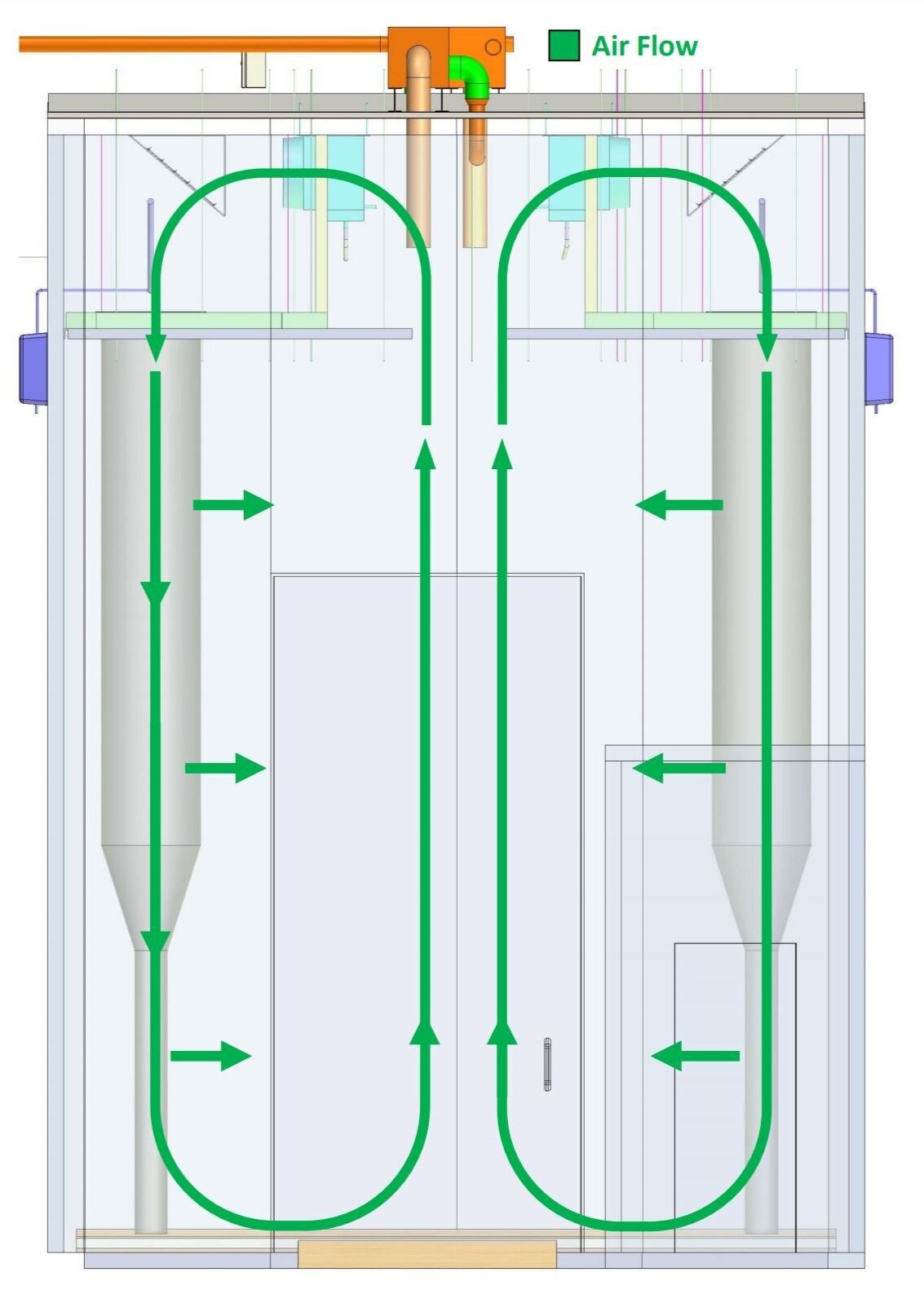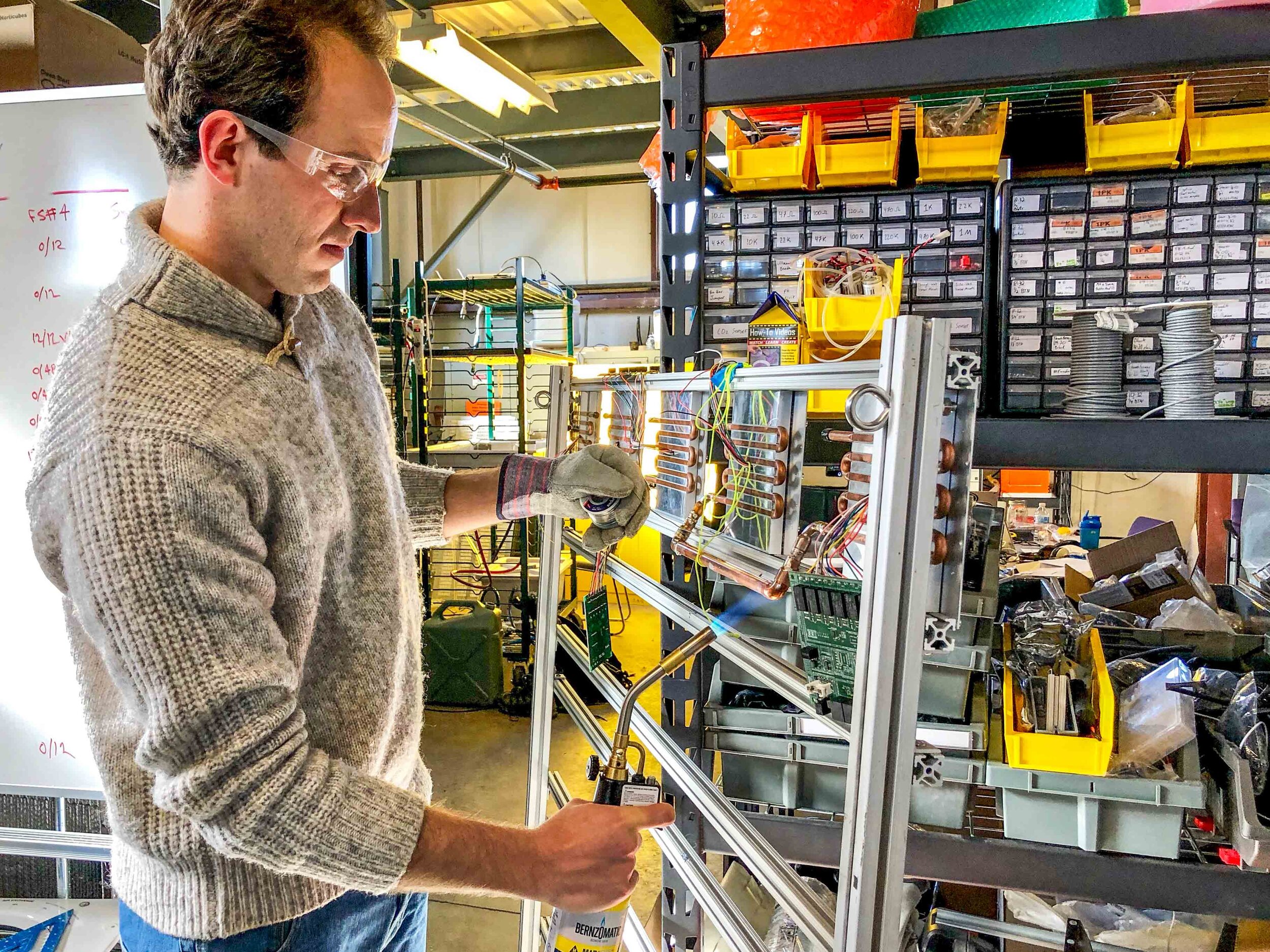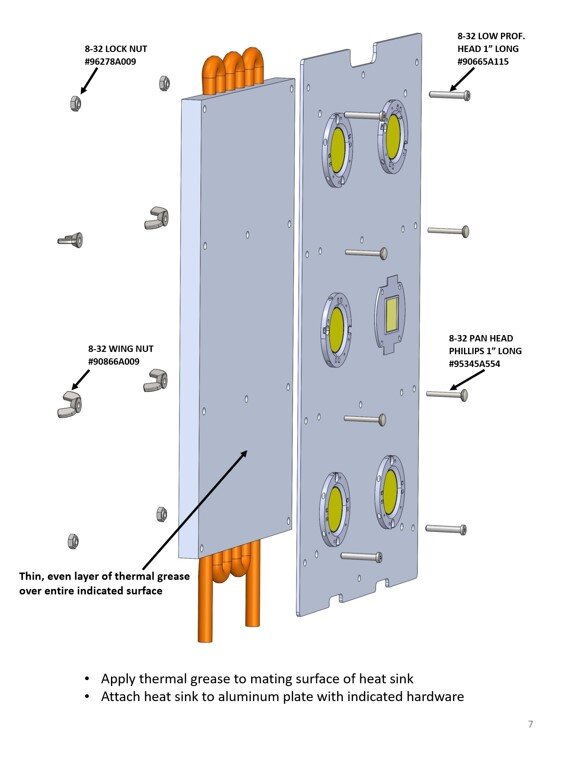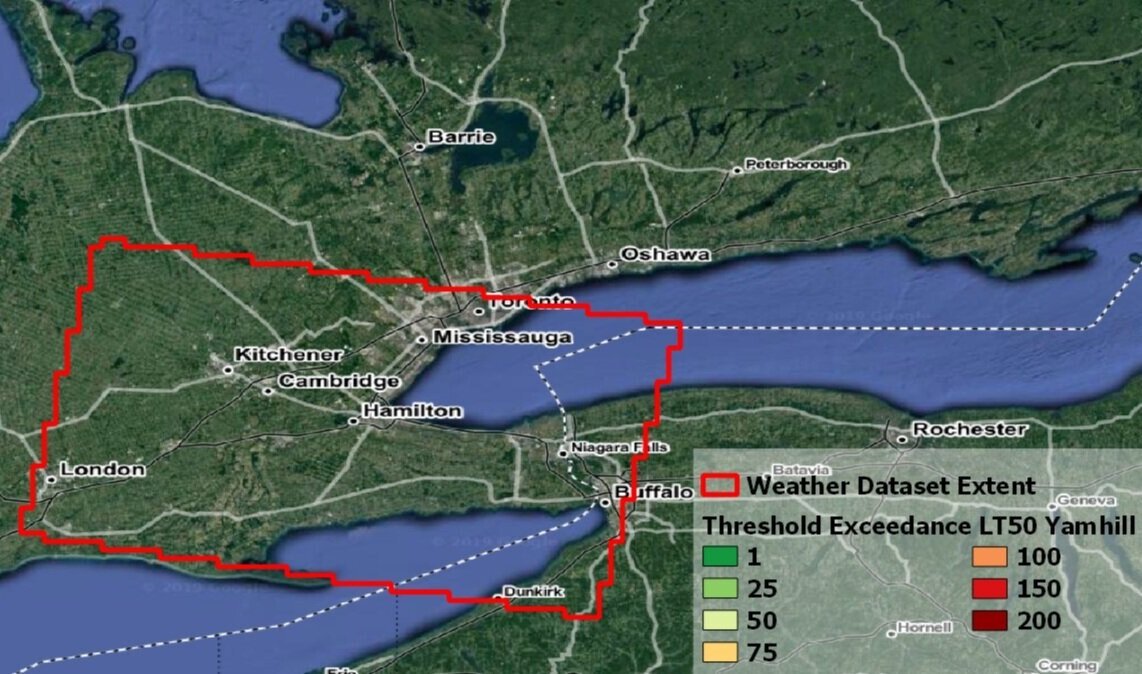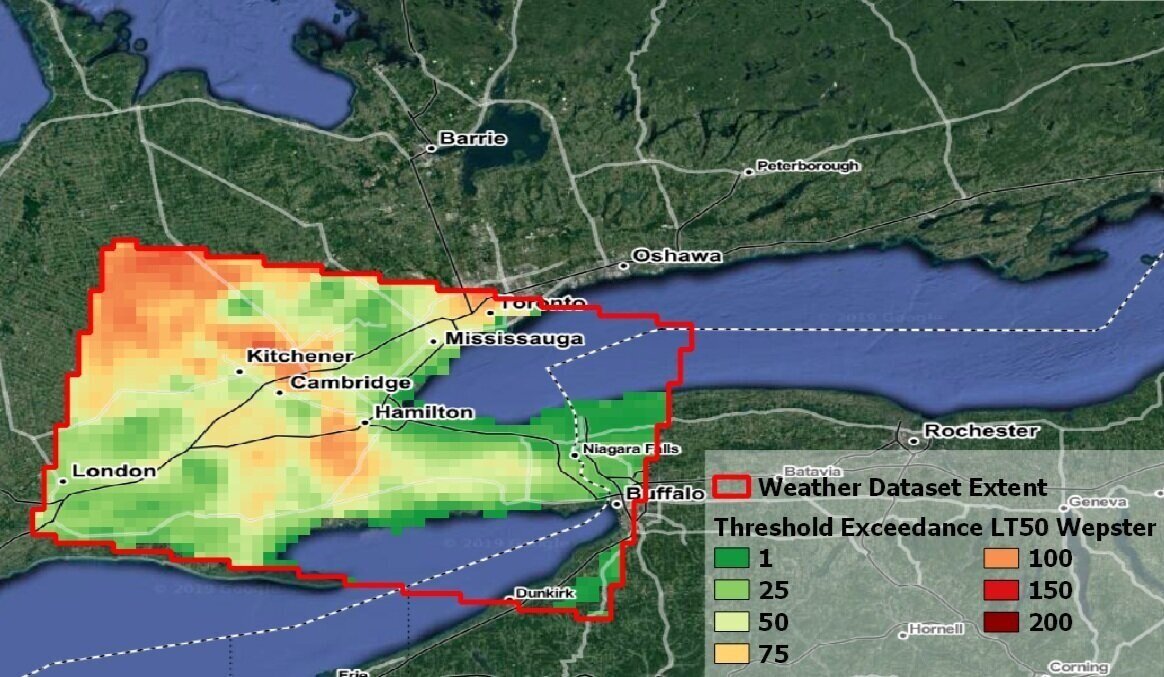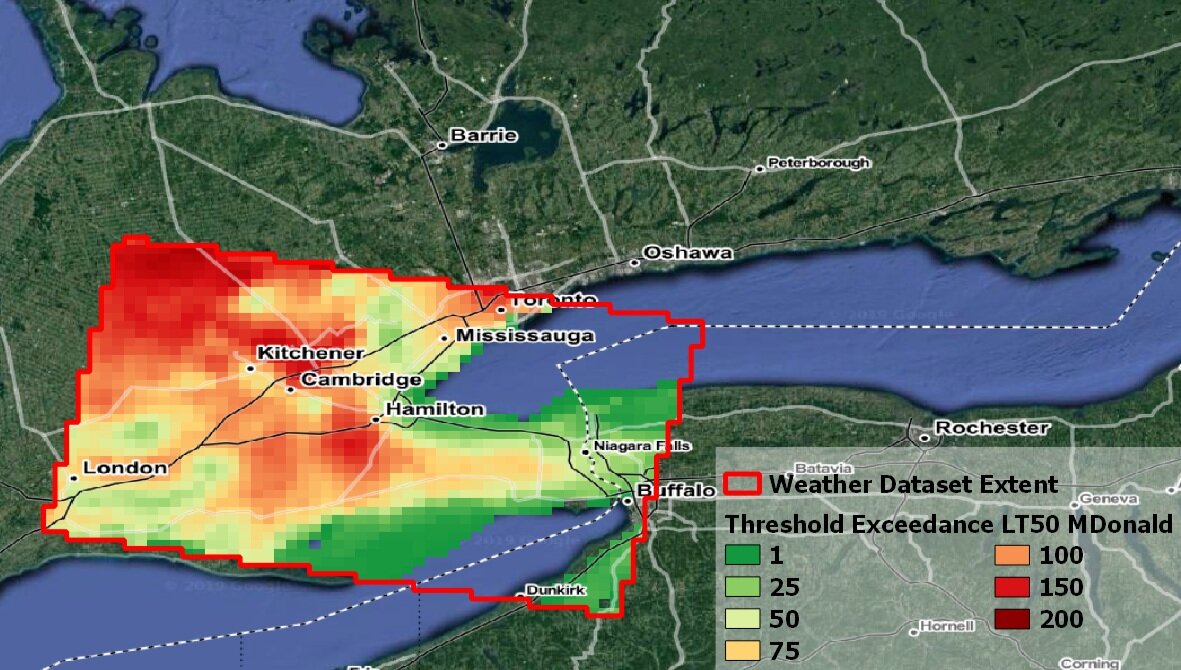Tree Computer
Project Leader & Systems Architect
Robotic Greenhouse R&D, Climate Simulation, Horticultural Research,
While at the MIT Media Lab.
To better predict where hazelnut trees will thrive and perish, the chocolate and candy maker Ferrero enlisted the MIT Media Lab to recreate weather patterns from the real world in an artificial environment. My team of engineers, computer scientists, and botanists designed and built robotic greenhouses to simulate climate from historical records, real-time field sensors, and weather projections for the future. The climate simulators, so-called Tree Computers, recreate light, temperature, humidity, wind, and soil conditions in an artificial environment, in order to study these variables independently, in a way that is otherwise impossible in the natural world. The research helps Ferrero respond to geopolitical and climatic challenges like: How will hazelnut cultivars handle hotter and drier summers of the future? Which varietals will best survive the winters in new orchard locations like Canada and Serbia?
Mapping the response curves of Ferrero’s 60 prized hazelnut varietals, we can identify the trees’ tolerances and preferences. The project aims at reduced waste, climate resilience, and increased production from 1 to 2 billion pounds of hazelnuts annually. We self-performed all plumbing, electrical, enclosure, and light fixture assembly using our own detailed construction manuals and rigorous testing procedures. Our custom software allowed for minute-by-minute control with <0.5° F deviation from set point across extreme ranges in temperature (-35F to +122F) and humidity (10-100%RH) and light intensity (29kW to match peak summer output in South Africa.) To obtain uniformity, air was first treated in our ‘mixing chamber’, supplied by duct socks, and returned by powerful, 10,000+ CFM fans.
As Ferrero maps its expansion for hazelnut cultivation beyond its historical terrain in Turkey and Italy and into colder climates like Serbia’s and Canada’s, it needs to know if its trees are likely to survive and bear nuts. Through initial experimentation, we observed some cultivars to be extremely cold tolerant and others to be far less so. The below ‘suitability maps’ from Ontario, Canada show how three cultivars of Corylus avellana — ’Yamhill’, ‘Wepster’, and ‘MacDonald’ — may respond to cold spells. In 13 years of recorded weather, MacDonald would have aborted 50% of its nuts more than 150 times, Wepster 75 - 100 times, but Yamhill none.
Developed at the MIT Media Lab.


